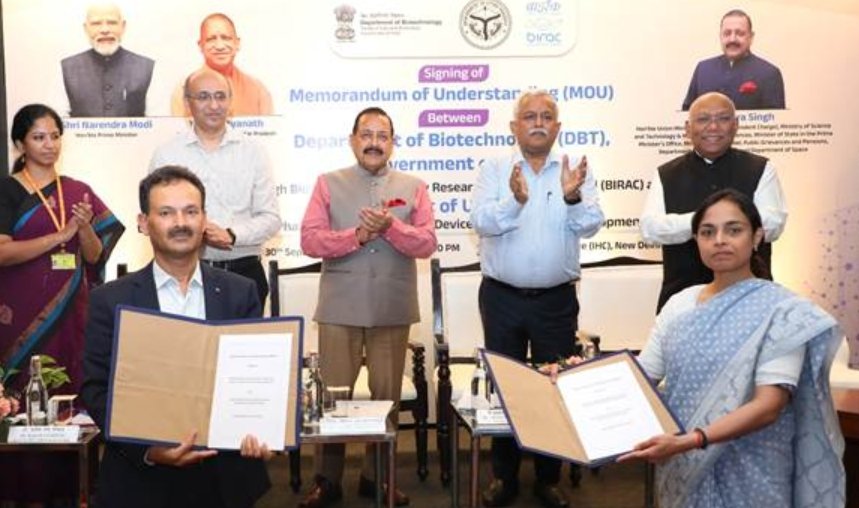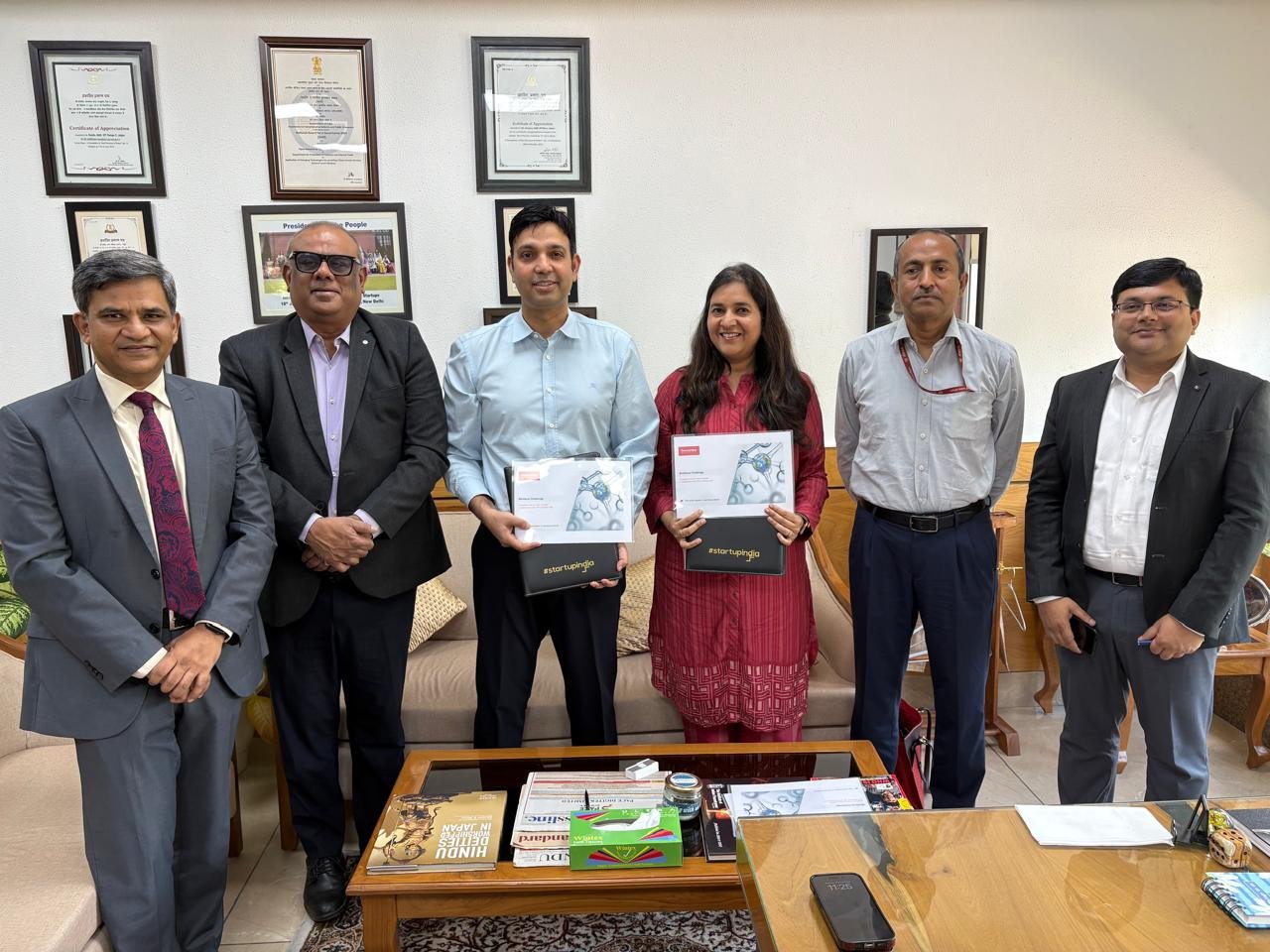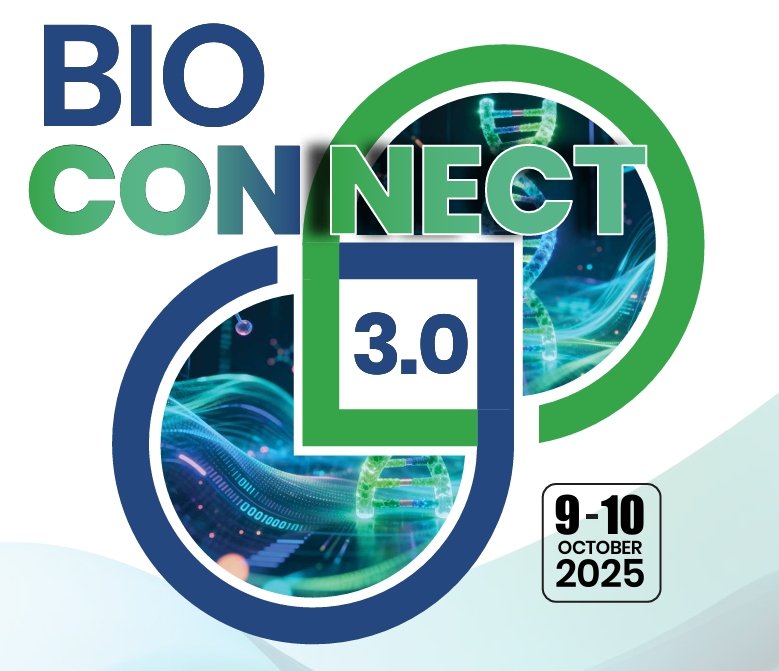LIMS, a Comprehensive Enterprise Solution
March 10, 2009 | Tuesday | News
LIMS,
a Comprehensive Enterprise Solution
The LIMS technology has
given a new insight to scientists for conducting experiments more
efficiently and providing greater lab productivity and functionality
along with automated reporting capabilities.
Laboratory Information Management System (LIMS) is a computer software
that is used in the laboratory for the management of samples,
laboratory users, instruments, standards and other laboratory functions
such as invoicing, plate management, work flow automation etc. LIMS are
therefore the information management system designed specifically for
the analytical laboratory. One of the most important aspects of LIMS is
the ability to prepare and retrieve data and turn it into information
quickly and easily. The LIMS has thus been able to eliminate the time
consuming tasks of manual report preparation that often preclude access
to the desired information.
A full-featured LIMS manages various lab data that ranges from sample
log-in to reporting the results. LIMS has streamlined the data flow
within organizations and has centralized the information in one primary
database. The LIMS solution unifies vast and disparate volumes of
biological and chemical data along with their related applications and
tools, into a single, browser-based scientific interface. Built mostly
on an extensible life science-based data model, the LIMS platforms
function on the basis of the context of data being integrated, the
relationships between associated data, and allows scientists to use the
platform to query, view and analyze research data without reformatting
the data-gathering methodology or changing multiple product interfaces.
Today, LIMS has become a comprehensive enterprise solution that enables
research organizations to focus their time and effort on production of
scientific information. Scientists are now able to leverage and utilize
individual work flow within the overall process flow to meet their
unique requirements. LIMS has also created a powerful environment in
which scientists can interpret their results. Sample data are quickly
combined with data integrated from public or proprietary databases by
creating a web of information that provides a context for analysis. In
addition, integration with the best technologies, platforms and
web-based search engines has enabled scientists to quickly transform
data into meaningful information.
History
Originally, LIMS were developed in-house by organizations wishing to
streamline their data acquisition and reporting processes. In-house
LIMS, which are still being developed by many organizations, take
considerable time and resources for its implementation. The need for a
more immediate solution helped to drive LIMS to the next stage in the
1970s. During this time, custom-built systems became available. These
early custom systems were one-off solutions designed by independent
systems development companies to run in specific laboratories. Parallel
to these custom-built LIMS implementations were the initial efforts to
create commercial LIMS products. These extensive research efforts
resulted in the first commercial solutions that were formally
introduced in the early 1980s. Such commercial LIMS were proprietary
systems, often developed by analytical instrument manufacturers to run
on the chromatographs that the instrument manufacturer
produced. These commercial systems, while typically developed for a
particular industry such as the pharmaceutical industry, still required
considerable
customization to meet a specific laboratory’s needs. In
particular, laboratories often required very specific format and
reporting requirements. However, such demands for customization
increased the cost of the commercial LIMS and extended the
implementation time. Parallel to the rise in commercial LIMS was the
increase in processing speed; the increase in third-party software
capabilities; and the reduction in PC, workstation and minicomputer
costs. These advantages were transferred to the laboratory and LIMS
environment that resulted in a migration from proprietary commercial
systems toward an open systems approach that emphasizes
user-configurability rather than customization, which took place in the
1990s.
Today, LIMS tools are extensively being used in the small and large
sized companies. Kim Shah, director, Global Marketing of Informatics,
ThermoFisher Scientific said, “Today, there are more than a
dozen companies operating in this space. LIMS first started in Europe
and then in the US and gradually due to maturity of markets there and
partly because the big pharma started making lesser medicines, they are
now shifting their focus to emerging markets.”
Technological development
Today’s commercial LIMS offer a high degree of flexibility
and functionality. Many of the most popular commercial LIMS take
advantage of open systems architectures and platforms to offer
client/server capabilities and enterprise-wide access to lab
information. Web-based LIMS, or a web-based front-end to the LIMS, are
also offered by many vendors. Extensible Markup Language (XML) is being
incorporated into LIMS because it can enhance the information in
documents, simplify web automation, and integrate applications within
or between organizations. XML not only offers a more streamlined way to
transmit data to web applications, but it can also be validated. XML is
considered as the next generation LIMS. Informatics is redefining this
field. The rise of informatics, coupled with the increasing speed and
complexity of the analytical instruments, is driving more sophisticated
data manipulation and warehousing tools that work together with LIMS to
manage and report laboratory data with ever greater accuracy and
efficiency.
Early LIMS were custom-designed and built as point solutions to meet
the needs of specific laboratories. This type of in-house systems need
significant effort to develop and while they may produce a very close
fit to the initial requirements, they can prove difficult to change or
modify in response to changing laboratory and business practices.
Commercial LIMS products were initially developed in the early 1980s.
At first these systems often required significant customization to meet
a specific laboratory’s needs as far as work flow and
reporting were concerned. This increased the cost of the LIMS setup and
extended the implementation time required.
Open LIMS systems
As computing technology changed, LIMS technology developed in parallel
and a move towards more open and configurable COTS (Commercial off the
Shelf) systems took place. This provided laboratories with greater
flexibility to meet their needs within a standard commercial package.
Today’s LIMS solutions offer even greater flexibility and
functionality. Many popular commercial LIMS packages utilize open
system architecture to offer client capabilities and enterprise-level
access to lab data within a client server environment. Some vendors
offer the same capability within a truly web-based LIMS using
technologies such as Microsoft’s .Net platform. XML enhances
the data in documents, maintains data longevity by storing it in an
application neutral format, simplifies automation, and integrates data
and information within organizations. This, together with the adoption
of technologies such as web services, allows for enhanced and
simplified integration with other systems within the laboratory or
organization. Combined with a fully integrated Scientific Data
Management Systems (SDMS), LIMS now has the potential to bring all
laboratory data together in a single unified repository.
Next level of development
The impact of informatic technology has always been a bonus for the
LIMS industry. Internet, HTML, XML and hardware improvements
have made data management tasks much easier to perform. Portable or
wireless devices are part of these trends. Experts predict that
wireless technology is on the ascendant at the same time the
web-deliverable LIMS are finally gaining market acceptance. The drive
to provide even more functional and productive technology
results in easy to use and less expensive LIMS solutions, laboratories
worldwide will be able to acquire, manage and report their data in more
interesting ways.
Anuradha Acharya, CEO of Ocimum Biosolution said, “The new
wave of LIMS that we at Ocimum are developing through our product
Biotracker is to enable open methods to integrate other applications
and also to act as a web-based data management service for remotely
managing requests in real time. This model is a SAAS (software as a
service model) and incorporates the new web 3.0 standards and allows
multiple collaborators to not only exchange data but also use the LIMS
in a ‘services on-demand’ model.
Latest LIMS systems
This latest generation of LIMS moves away from simple sample test and
result management to provide the laboratory with a sophisticated
laboratory informatics architecture. This model allows efficient
management of data and information generated or used by the
laboratory. Latest LIMS systems effectively manage the
delivery of the laboratory product and optimize the performance of the
laboratory organization. In addition, the value of historical data
assets can be maintained by ensuring continued accessibility of this
data in a single application. |
Jahanara Parveen
Technological
Upgradation Over the Years
—Anuradha
Acharya, CEO, Ocimum Biosolutions
The earliest desire to develop a LIMS by organizations was taken
forward by geeky scientists who wanted to streamline their data
throughput and reporting processes. The fact that an in-house LIMS can
take considerable time and resources to implement was learnt by the
industry the hard way. The need for a more immediate solution helped to
drive LIMS to the next stage in the 1970s. During this time,
custom-built systems became available. These early custom systems were
one-off solutions designed by independent systems development companies
to run in specific laboratories.
Parallel to these, custom-built LIMS implementations were the initial
efforts to create commercial LIMS products. These extensive research
efforts resulted in the first commercial solutions that were formally
introduced in the early 1980s but the focus was more on
‘quality control and assurance’ and subsequently
production systems. These commercial systems, typically developed for a
particular industry (such as the pharmaceutical industry), in spite of
their ‘off the shelf’ status require a considerable
customization to meet a specific laboratory’s needs,
sometimes to fine-tune and other times to tune to the
scientist’s formatting requirements. The desire for very
specific format, reporting requirements and the restrictions of the
technology made cost of the commercial LIMS to skyrocket and extended
its the implementation time.
The new breed of LIMS now offer much higher configurability and allows
users to implement multiple work flows and processes with ease. It
doesn’t require too much intervention from the IT
departments. In several cases it can be remotely monitored and managed
taking off those challenges from the users and also reducing the cost
of installation, customization and maintenance.
Most LIMS products allow the laboratory to automate manual processes
like register work requests; print reports; monitor and communicate
sample, process and resource related issues; schedule and approve
requests besides data security and search ability. The real value of a
LIMS is the ability to maximize sample throughput and minimize labor
costs. Major players in this space are Ocimum, Thermo Fisher and
Labware. Pricing models usually have two components which include
license costs and some customization costs.









